Number love.
Why some numbers make you feel good.
"Your brain is made of two systems."
- Daniel Kahneman, Thinking Fast & Slow
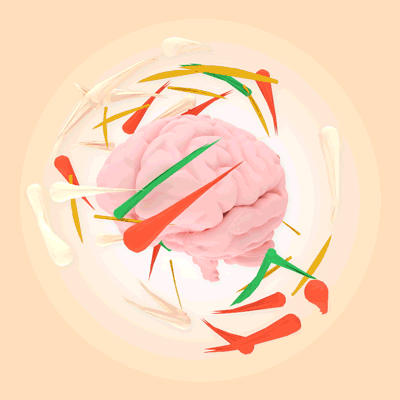
System one is fast, intuitive and effortless.
For example, do you prefer dogs or cats?


Feels easy to decide right?
System one is here to help us make decisions quickly, especially when we have limited information. It uses an array of shortcuts (called heuristics) to save us time, processing power and energy. System one's primary concern is getting you off the fence quickly.
Let's take another example.
Imagine you land on an alien planet and discover two new intelligent lifeforms. Which of the following do you think is called Kiki and which one is called Bouba?
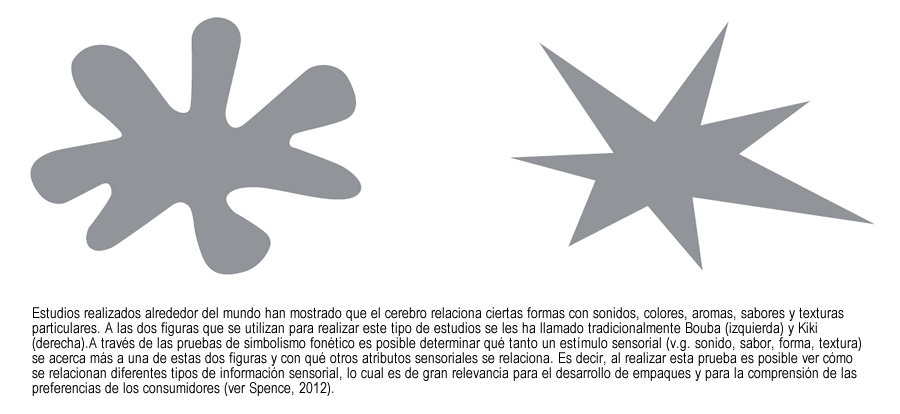
A
B
99% of people across the world choose this...

Bouba
Kiki
Kiki > Teeth > Bite > Sharp
Why?
Current thinking is that when we say Kiki we bear our teeth and this activates concepts in our mind around biting and sharpness. When asked the question, system one then goes searching for an answer and finds some concepts in the brain have been freshly activated, and uses these to decide that Kiki must be the sharp looking shape.
What is 8,992 x 19.86?
Welcome to system two.
System two is like the nerdy brother to the "shoot-from-the-hip" system one. It's a cross between a librarian, a statistician and a judge and is extremely good at logic and complex decision-making. System two prizes accuracy, takes time to arrive at a verdict and takes a lot of energy to get there.
Wherever possible, we prefer to use system one.
So how does this effect how we perceive price?
It depends on the level of uncertainty.
If we already have an idea of what a price should be, then it's easy for us to judge whether we think the number is high or low and if it represents good or poor value. But when the price is hard to benchmark, because it's a one off purchase or maybe the "bundle" makes comparing tricky, system one leaps into action.
How much should a next-generation watch cost?
Not an easy question for people to answer and a tough challenge for Apple to address when launching a new piece of consumer tech to the world. How do I decide whether this is a good use of my cash?
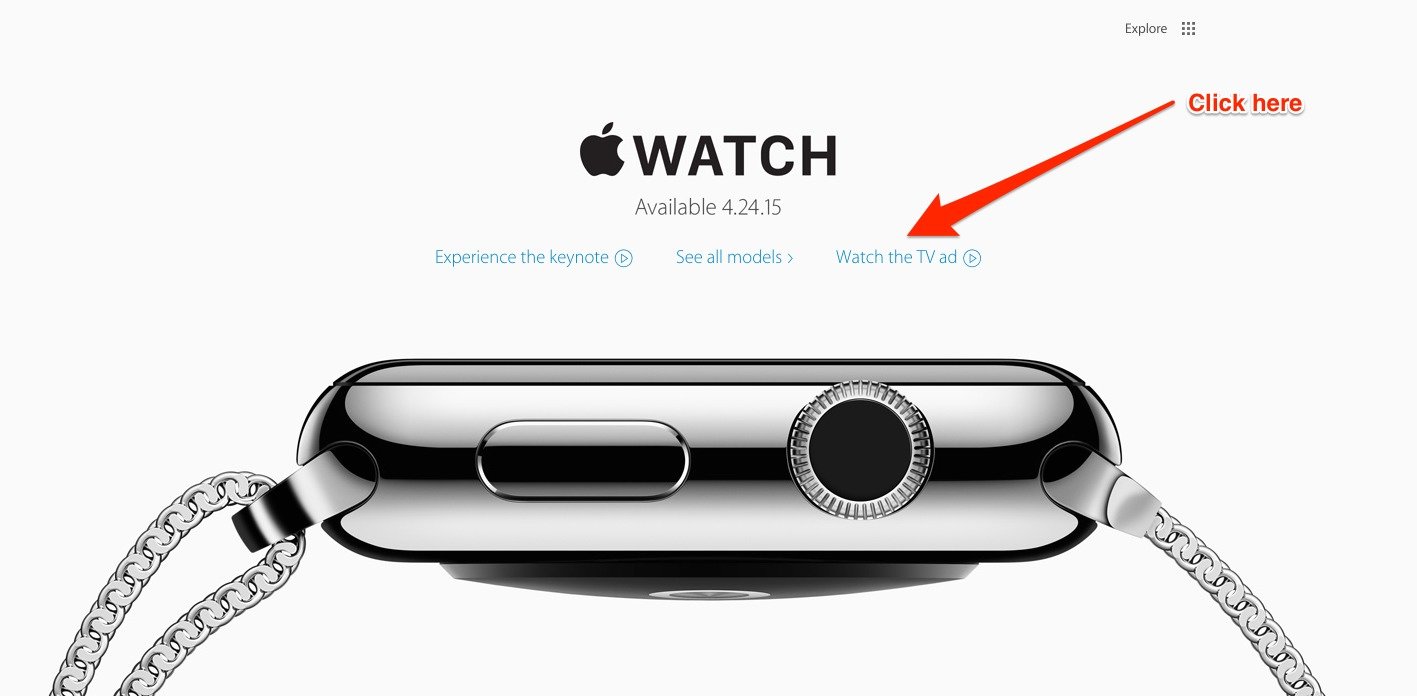
£15,000.
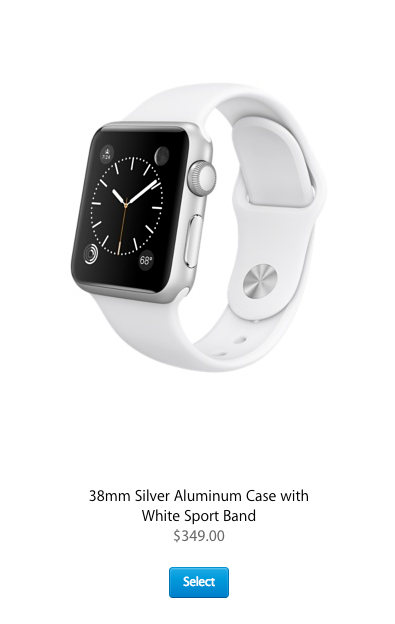
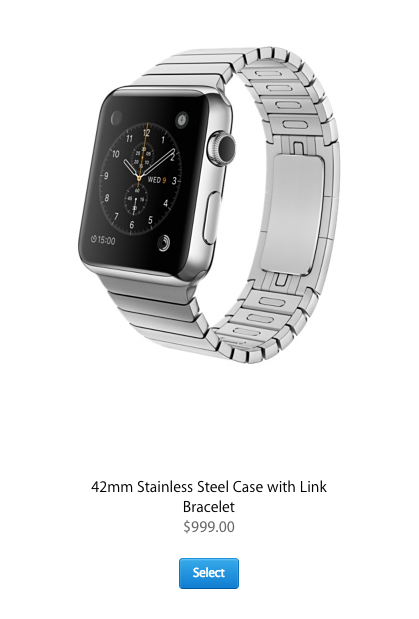
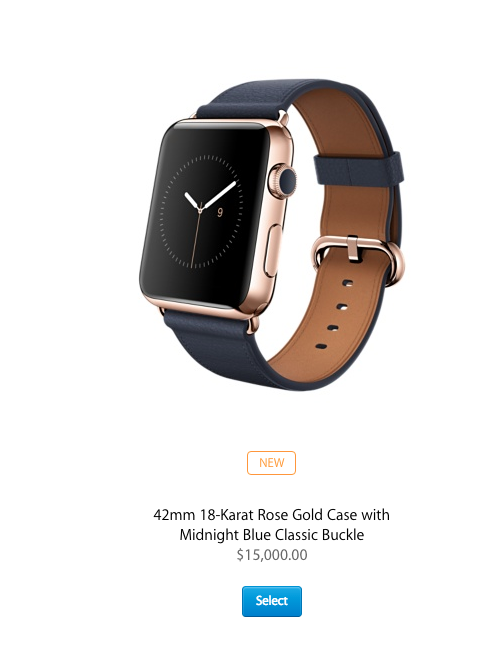
Seems steep but now $349 looks reasonable.
This is a heuristic (short cut) called anchoring.
We use the large number as a benchmark to evaluate another number. In the case of the Apple Watch, the $15,000 option is remarkable and helps us take a view on whether $349 feels like good value or not. We tend to use the first piece of information to frame the way we perceive subsequent information.
But, the big number doesn't need to be a price.
We recently ran an experiment with a national chain of go-karting venues and were able to increase sales performance by more than 30% by framing price alongside the engine power of the go-karts (200cc).

+38%
VS. Baseline
System one doesn't stop there.
Numbers with more syllables feel bigger.
Sounds weird but it's true. Numbers with more syllables take more processing power for us to register and comprehend. System one uses that subjective feeling of effort to infer that "the price must be big if it takes this much energy!".
Fifty Six Pounds
£55.99
Fifty Five Pounds Ninety Nine
1
2
3
4
5
6
7
1
2
3
4
£56
VS.
Even increasing the price can increase sales.
We've seen this shift sales more than 10% by increasing a price from £18.99 (eighteen pounds ninety nine - 6 syllables) to £19 (nineteen pounds = 3 syllables).

+14%
VS. Baseline
But for big numbers, rounding feels inaccurate.
£350,000
£362,785
A study reviewed 27,000 property transactions and found that people pay more when the price is specific.
So what about the .99 trick? Does it really work?
Yes.
But it's the left-most digit that packs the punch.
£3.80
£3.79
£3.00
£2.99
Won't lift conversion as much as...
So what does this all mean?
The secret, as with anything, is experimentation.
Understand the customer's mindset and thought process.
Create simplicity for system one
wherever possible.
Start experimenting to see what works for your customers.
Made by Sprint Valley
Number Love
By Luke Battye
Number Love
An introduction to pricing design and the reason some numbers feel good and others don't.
- 5,753



